#Hayden Sheeler
Explore tagged Tumblr posts
Text
The Pool Scene - Chase Stumfoll, Hayden Hill, Hayden Sheeler, Kaleb Frazer, Kyle dodd, Madison Glen, Matthew Franzke, Treyton Weber - CPA Pool League
New Post on http://thepoolscene.com/?p=22211
Young Champs Take Center Stage at APA Junior Championships
Nationwide & PoolDawg Headline List of Event Sponsors
LAKE SAINT LOUIS, MO (July 26, 2017) — A record number of aspiring young APA members from across North America made their way to Davenport, Iowa in early-July for the APA Junior Championships.
After four-days of having fun, making new friends from across the country and playing their hearts out on the pool table, four new champions were crowned in each tier of the Junior Championships.
In the finals of the Green Tier (Skill Levels 1-2), Kaleb Frazier of Jackson, Miss., defeated Madison Glenn of Lawton, Okla. Glenn finished Runner-up. Gianluca Hackembruch of Ontario, Canada, and Maile Cook of Sedgewickville, Mo., tied for 3rd Place in the Green Tier which featured the largest number of competitors in this year’s event with 120 participants.
In the finals of the newly added Red Tier (Skill Level 3), Kyle Dodd of Cape Girardeau, Mo., defeated Treyton Weber of Mitchellville, Iowa. Weber finished Runner-up. April Czarnecki of Urbandale, Iowa, and Deekin Smith of Lebanon, Ind., tied for 3rd Place in the Red Tier which had 82 participants.
In the finals of the White Tier (Skill Levels 4-5), Hayden Hill of Cordova, Ill., defeated Hayden Sheeler of Ankeny, Iowa. Sheeler finished Runner-up. Cameron McBride of Fenton, Mo., and Beck Matthews of Louisville, Ky., tied for 3rd Place in the White Tier which had 58 participants.
In the finals of the Black Tier (Skill Levels 6-9), Matthew Franzke of Melbourne, Fla., defeated Chase Stumfoll of Independence, Mo. Stumfoll finished as Runner-up. The Black Tier, featuring the highest skilled players, included 31 competitors. Tying for 3rd Place in the Black Tier were Kenneth Walters of Matthews, Mo., and Timmy Bly of Decatur, Ill.
Overall, nearly 300 players competed in one of the four 9-Ball skill level tiers July 13 – July 16 at Sharky’s Billiards.
Champions and top finishers each took home trophies in addition to Samsung Galaxy Tablets for the champions, JBL Waterproof Bluetooth Speakers for Runners-up and 3rd Place finishers received Quadcopter Drones.
The four-day event also included a Junior/Adult Doubles event, recognition for Outstanding Academic Achievements and a special exhibition and autograph signing by Florian “Venom” Kohler.
Event sponsors included: Nationwide Insurance, Action Cues, PoolDawg.com, FCI Billiards, GRIND’N Clothing Co., Jacoby Custom Cues, Kamui Tips, Khamsin Designs Inc., Kingery Printing, Meucci Cues, Digi Cue by OB Cues, Omega Billiards Supplies, PoolAHolic Apparel, Poison by Predator, Promotions Pronto, RT9 Designs Art and Apparel, Shaftmaster Lathes, Sharky’s Billiards, Tiger Products Inc.,Venom Trick Shots and Viking Cues.
#gallery-5 margin: auto; #gallery-5 .gallery-item float: left; margin-top: 10px; text-align: center; width: 50%; #gallery-5 img border: 2px solid #cfcfcf; #gallery-5 .gallery-caption margin-left: 0; /* see gallery_shortcode() in wp-includes/media.php */
Treyton Weber
Matthew Franzke
Madison Glen
Kyle dodd
Kaleb Frazer
Hayden Sheeler
Hayden Hill
Chase Stumfoll
The APA, based in Lake Saint Louis, Mo., sanctions the world’s largest amateur pool league, known as the APA Pool League throughout the United States, and as the Canadian Pool League in Canada. Nearly 250,000 members compete in weekly 8-Ball and 9‑Ball League play. The APA is generally recognized as the Governing Body of Amateur Pool, having established the official rules, championships, formats and handicap systems for the sport of amateur billiards.
The APA produces four major tournaments each year—the APA World Pool Championships, the APA Poolplayer Championships, the APA Junior Championships and the U.S. Amateur Championship—that, together, pay out nearly $2 Million in cash and prizes annually!
The APA and its championships are sponsored by Aramith, Action Cues and PoolDawg.
For more information on the American Poolplayers Association, visit www.poolplayers.com.
#Chase Stumfoll#Hayden Hill#Hayden Sheeler#Kaleb Frazer#Kyle dodd#Madison Glen#Matthew Franzke#Treyton Weber
0 notes
Photo
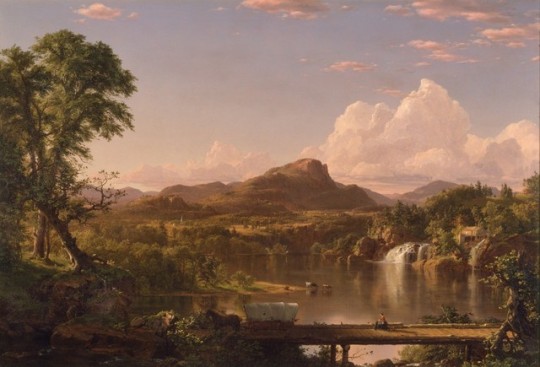
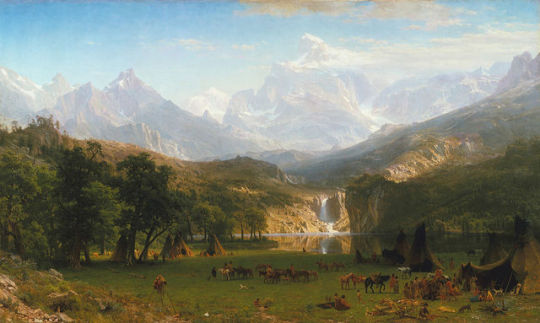
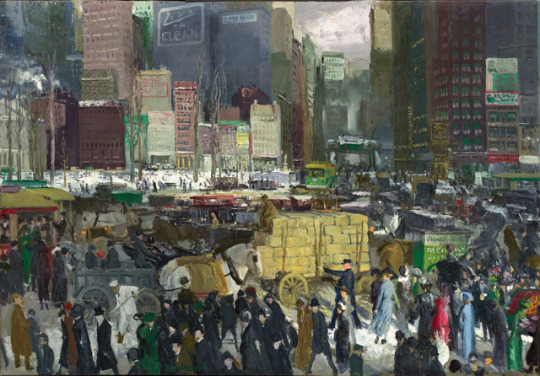
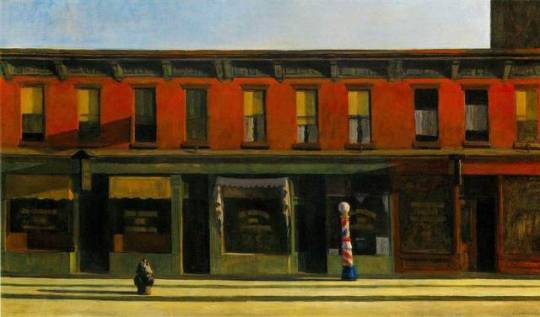
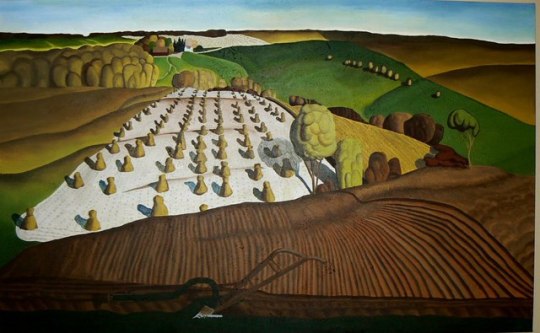
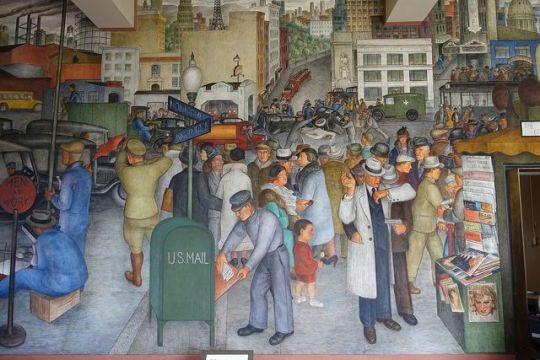
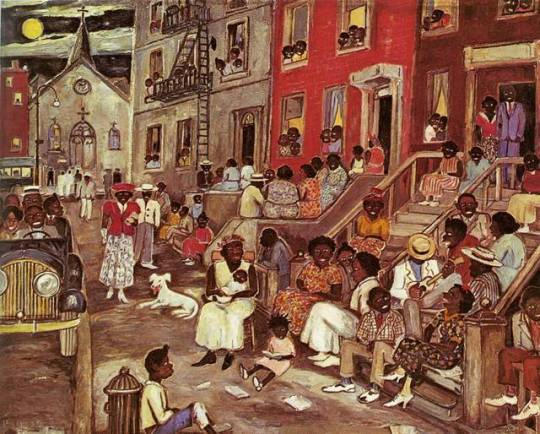

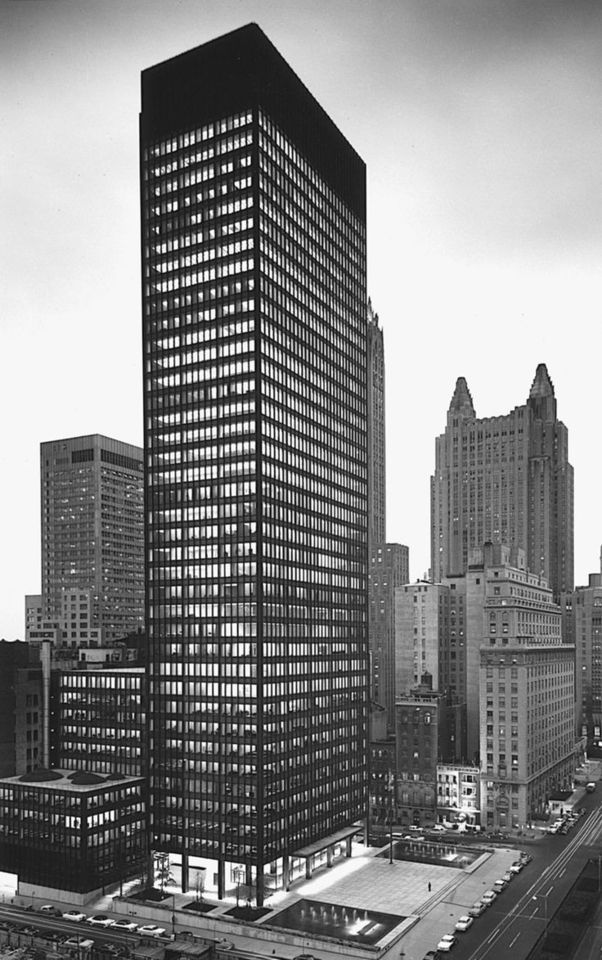
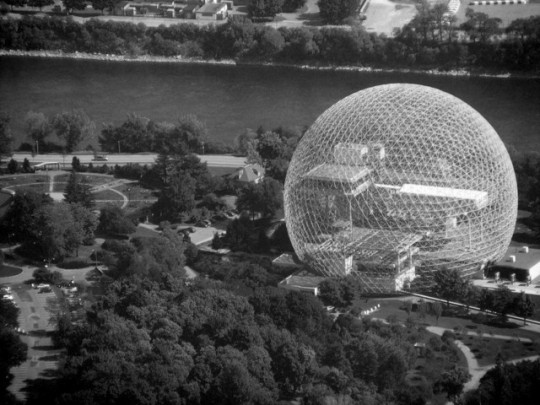
American Landscape
Throughout American history, we see the transformation from the America we found years ago to the America we know today. We see the shift of capturing the American landscape from painting on a canvases to photography.
Landscape painting arose as a distinct genre during the 17th-century Dutch Golden Age as religious art fell out of favor in a Protestant society. In Europe, landscapes evolved from backgrounds in portraits of wealthy landowners to a prestigious art form embraced by Romantic painters in the 18th and 19th centuries who invested the natural world with allegorical and mythic significance in reaction to scientific advances of the Enlightenment.
Landscape painting began to dominate American art in the early part of the 19th century with idealized images of a vast, unspoiled wilderness that reflected a nation whose identity and belief in its boundless prospects were deeply interwoven with its natural environment. As the American frontier was pushed further westward, landscape artists chronicled the disappearing wilderness and the expanding presence of modern civilization in paintings that glorified industrial development for their patrons or served as reminders of the price of progress.
The painters of Hudson River School, founded by Thomas Cole in the latter half of the 19th century, created works of mammoth scale that attempted to capture the epic scope of the American landscape that favored contemplation of natural beauty. Other Hudson River School artists like Albert Bierstadt created works that placed a greater emphasis on the raw, terrifying power of nature. Thomas Moran’s paintings of the Yellowstone River in the 1870s helped to persuade Congress to set aside the Yellowstone area as a national park.
By the dawn of the 20th century, romantic views of nature were beginning to be replaced by themes of urbanization and a yearning for the tranquility of pristine natural spaces. In the 1920s, a group of New York artists led by Robert Henri (the “Ashcan School” or Urban Realists) focused on gritty urban scenes. The Regionalist Painters, a group of artists working primarily in the Midwest during the 1930s that included Grant Wood, Thomas Hart Benton, John Steuart Curry as well as lesser-knowns like Marvin Cone, created portraits that glorified the labor and lifestyle of agrarian rural America.
Modern American artists have approached landscape with a variety of strategies influenced by European art movements such as abstract expressionism and cubism; Charles Sheeler painted industrial landscapes in a style that presaged photorealism; Edward Hopper applied a looser painterly style to both urban and rural landscapes; Georgia O’Keeffe created works that distilled the natural world to organic abstractions; Milton Avery’s reductive style led to the pure color fields painted by abstract impressionists like Mark Rothko, where light and color interact brightly together.
1. New England Scenery
This masterpiece by Frederic Church includes a covered bridge, waterfall, mountain and mill to express the essence of pastoral New England. Like his early teacher Thomas Cole and other Hudson River School artists, Church believed that the vastness and beauty of the American landscape conveyed moral significance. The Conestoga wagon crossing the bridge in this idealized, panoramic vista symbolizes westward expansion and a growing country flourishing in harmony with nature.
2. The Rocky Mountain, Lander’s Peak
It is based on sketches made during Bierstadt's travels with Frederick W. Lander's Honey Road Survey Party in 1859. The painting shows Lander's Peak in the Wyoming Range of the Rocky Mountains, with an encampment of Native Americans in the foreground. It was among the first of his paintings to be exhibited publicly as a paid-entrance piece, with an accompanying pamphlet for sale that described the significance of the work. The success of Bierstadt’s western paintings has been attributed by the art historian Linda S. Ferber to “public curiosity and excitement about these remote national territories” and to “the powerful idea of Manifest Destiny”, a phrase gained currency in the 1840s and that implied the inevitability of the continued territorial expansion of the U.S, to the west and south, an expansion made more attractive in the early 1960s by anxieties about the future of the Union.
3. New York
While the Ashcan artists were creating new images of urban America, their styles remained relatively conventional. Stylistic innovation was, however, being taken up by many as the formal experiments begun in Europe in the middle of the 19th century spread to the U.S. This “Modernist” art encapsulated a relatively wide range of styles and subject-matter, all of which challenged traditional conventions of visual representation and often created new images in response to contemporary developments such as the expansion of commercial imagery and industrial technology.
4. Early Sunday Morning
This painting shows not the usual bustle of human activity but an empty street and empty buildings. His choice of a hard, white light, which creates striking contrasts between light and dark, emphasizes the emptiness of the scene – you cannot see into darkened windows. The attention to detail in the moldings, window frames, and window coverings and the starkness of the buildings gives the painting a sense of isolation and loneliness.
5. Fall Plowing
In Wood’s painting the viewer stands atop a hill, behind the plow lodged firmly in the rich soil, looking out over fields dotted with stacks of freshly harvested grain. The farmhouse and barn nestle in the distance among a grove of trees.
6. City Life
This piece shows the chaos of the streets of San Francisco. While striking, workers are absent – to have included them would surely have resulted in strong objections from committee members -there is at least one reference to the city’s radical, Pro-Communist cadres.
7. Midsummer Night in Harlem
Midsummer Night in Harlem was meant to embody the community in Harlem. Palmer Hayden portrayed a high-energy community sitting outside of their houses to cool off on a hot summer night. This painting shows the energy and positive attitude through vibrant colors and the expressions of the people. They all have smiles and nice “Sunday church” outfits on. It is fair to assume that the people had just come from church because Palmer Hayden has people still lingering out of the church in the background. Midsummer Night in Harlem was another one of Palmer Hayden’s paintings that got a negative reaction from some black Americans because of how interpreted their physical features. The people in this photo once again had features that were comparable to the minstrel characters. They all have very dark skin, big white eyes, and big mouths. James Porter criticized Palmer Hayden’s painting of “Midsummer Night In Harlem” because of the minstrel characters; he called the artwork “talent gone astray”.
8. Philip Johnson House (The Glass House)
This architecture photograph shows the degree to which architectural forms could be reduced to their basic cubic shapes and then opened to the surrounding environment.
9. Seagram Building, New York
This building was designed by Miles van der Rohe with Philip Johnson, became the prototype four urban sky scrapers whose structural steel framework was revealed in the geometric patterning of the windows and the reduction of the walls to mere curtains of glass. Mies can, in fact, be the counterpart to the critic Clement Greenberg in his emphasis on the purity of forms. The architect boiled his philosophy down to the phrase “less is more”, which represented his search for the essence of architecture, which he found in the rational structure of the building itself.
10. Montreal Exposition
Fuller was given the opportunity to construct a prototype of a large dome when he was commissioned to design the US Pavilion at the 1967 Montreal Exposition marking the 100th anniversary of Canadian confederation. Seen as a celebration of US technological ingenuity, it provided Fuller a platform from which to remind people that the world’s resources were limited, and that the technological might of the nation should be devoted to developing sources of renewable energy and ways to live both comfortably and lightly on the earth.
3 notes
·
View notes